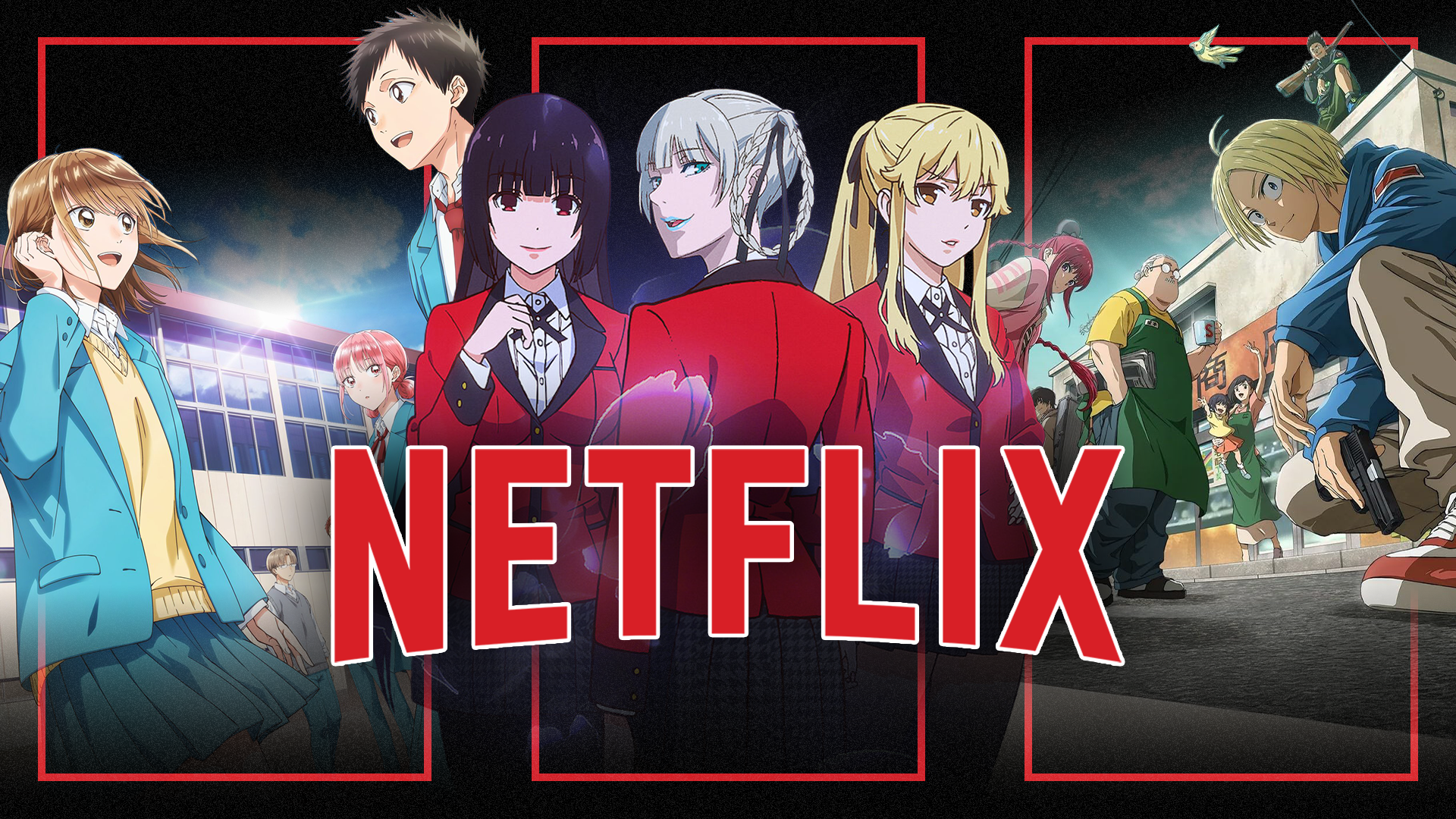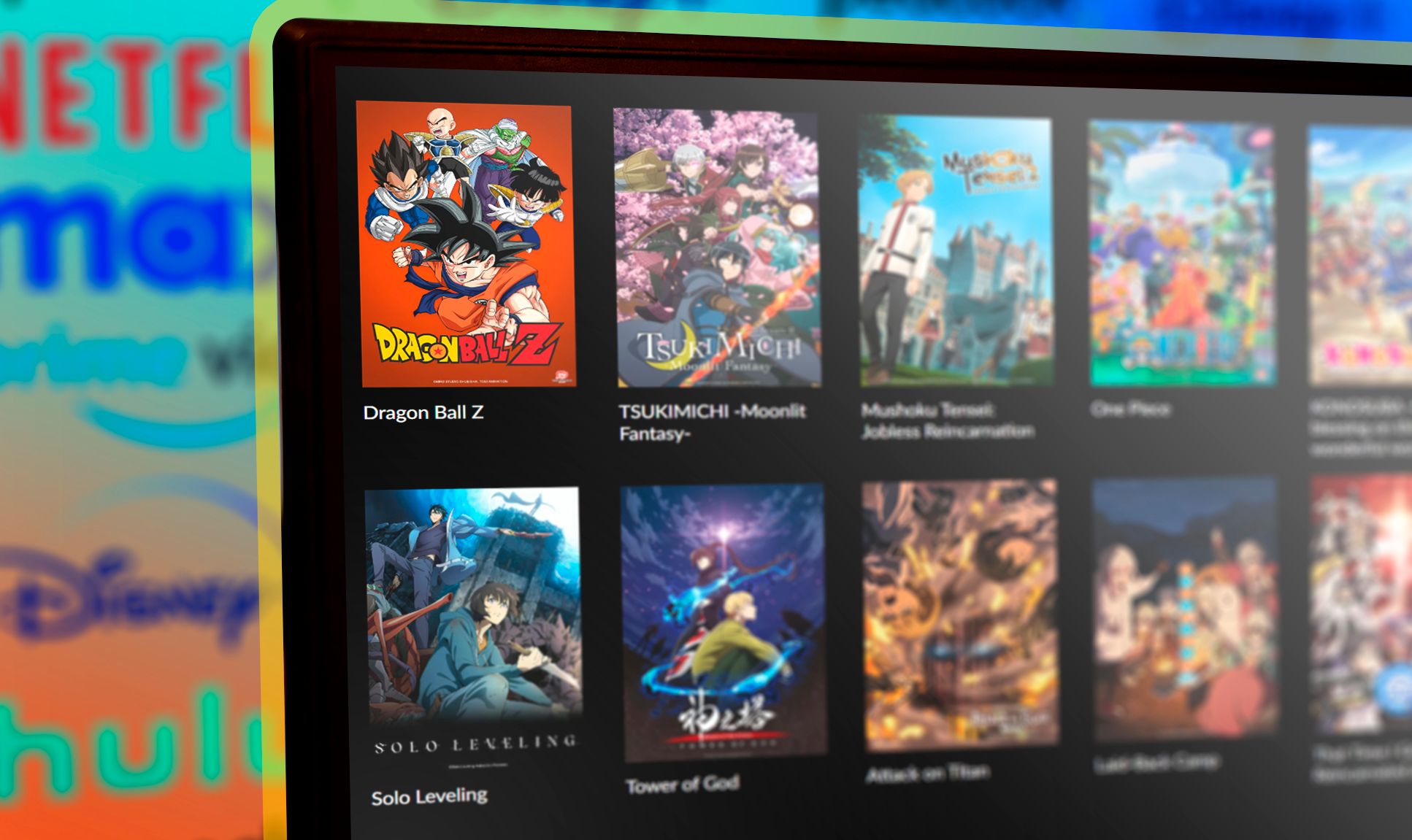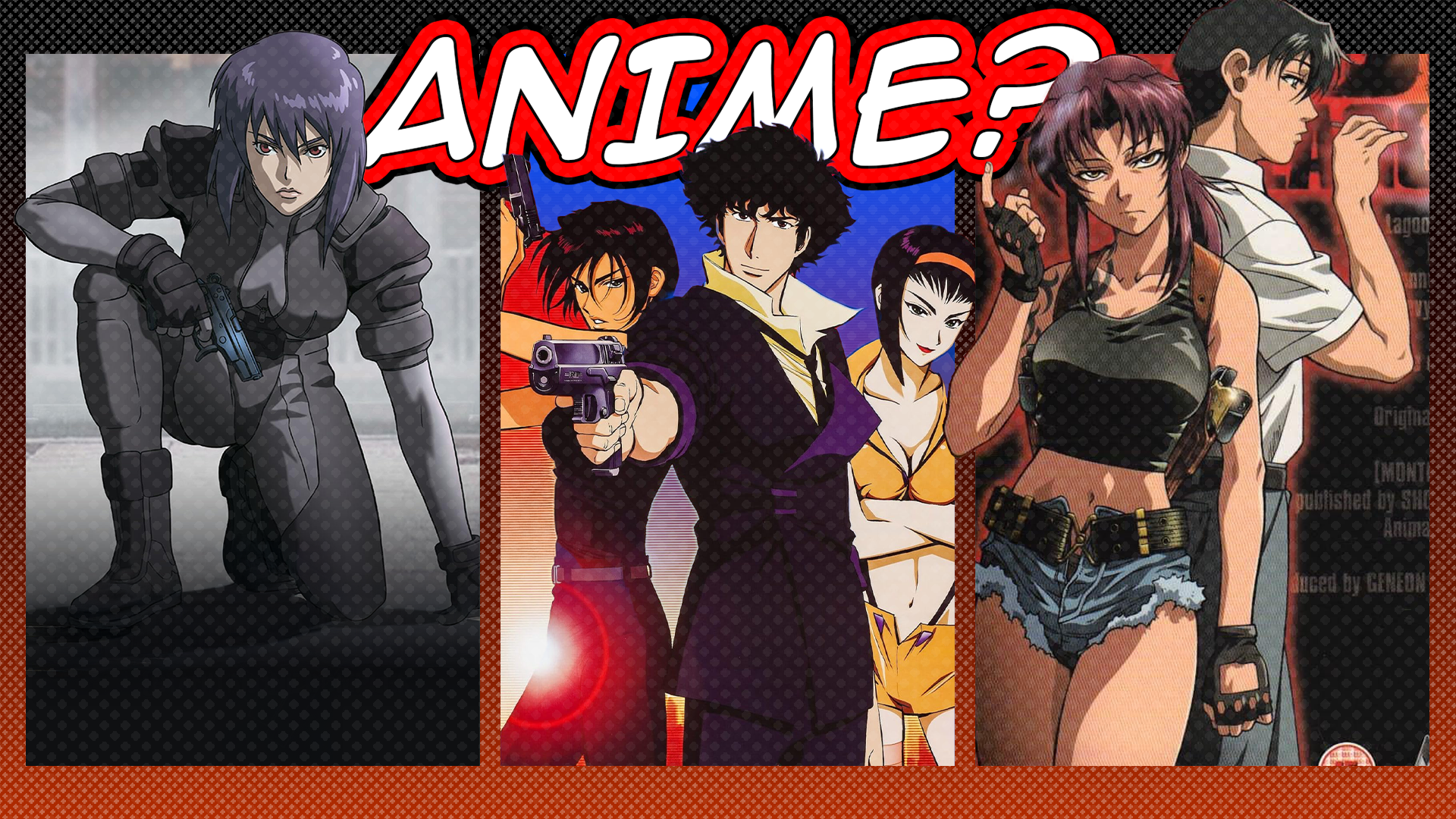I've been watching anime as a core hobby for just over 25 years now, devouring series from the early days of the medium up to the present day, and while most of the ways things have evolved have been interesting and fresh, one area we seem to have gone backward is series length.
Anime Series Used to Be Twice as Long
Excluding filler-stuffed shōnen fare like Naruto or Bleach, it was pretty normal for an anime season to consist of 24–26 episodes. This gives you about half a year of weekly episodes. Titles like Cowboy Bebop, Neon Genesis Evangelion, Toradora!, Berserk (the good one), and many, many more clocked it at around this number of episodes per season.

I say "season" but the truth is that many of these shows were self-contained and complete, regardless of whether the source material was still ongoing or not. So not only did you get a good amount of content, you also got a story with a defined ending. You could buy your VHS, or DVD sets, add them to your collection, and know that you have a complete version of a story.
When these TV series did get a follow-up, it was often a 4-8-episode OVA. These direct-to-video shows were meant for collectors, didn't get a TV broadcast at release, and had longer development times and meatier budgets. So, in general, the animation quality was better. However, while someone like me would definitely want to see any OVAs for a TV series I'd liked, these weren't essential to watch because, again, the 26-episode broadcast series usually had an ending.
Now a standard anime "cour" has 12 episodes, released weekly over three months. I find that these 12-episode cours tend to have pacing issues, or the story doesn't have any sort of satisfying ending, because you're actually watching half of a 24-episode season, but released in two chunks over multiple years or with a long break within the same year.
These Days, Seasons Can Be Years Apart

With Western TV shows, it's usually been the case that while a show is running, a new season will be out the following year until the show ends, or is canceled. That's not quite true anymore, especially when it comes to prestige television, where it's now normal to have a 2-3 year gap between seasons.
However, that's nothing compared to how long you may have to wait for the following cour of an anime you like. Not only may it be half a decade or more before you actually see another in some cases, you also have no idea whether another cour is even in production or whether the show has been canceled. Sometimes there will be an official announcement, but in my experience you're often left in the dark and might even have a new set of episodes shadow-drop out of the blue. There's a whole genre of website dedicated to keeping track of which shows have confirmed seasons in production.
In the case of In Another World With My Smartphone, the first season came out in 2017, and the second came out in 2023. My personal record for false hope is one of my favorite shows, Banner of the Stars. I've been waiting for season 5 now for 20 years...
Why Is This Happening?
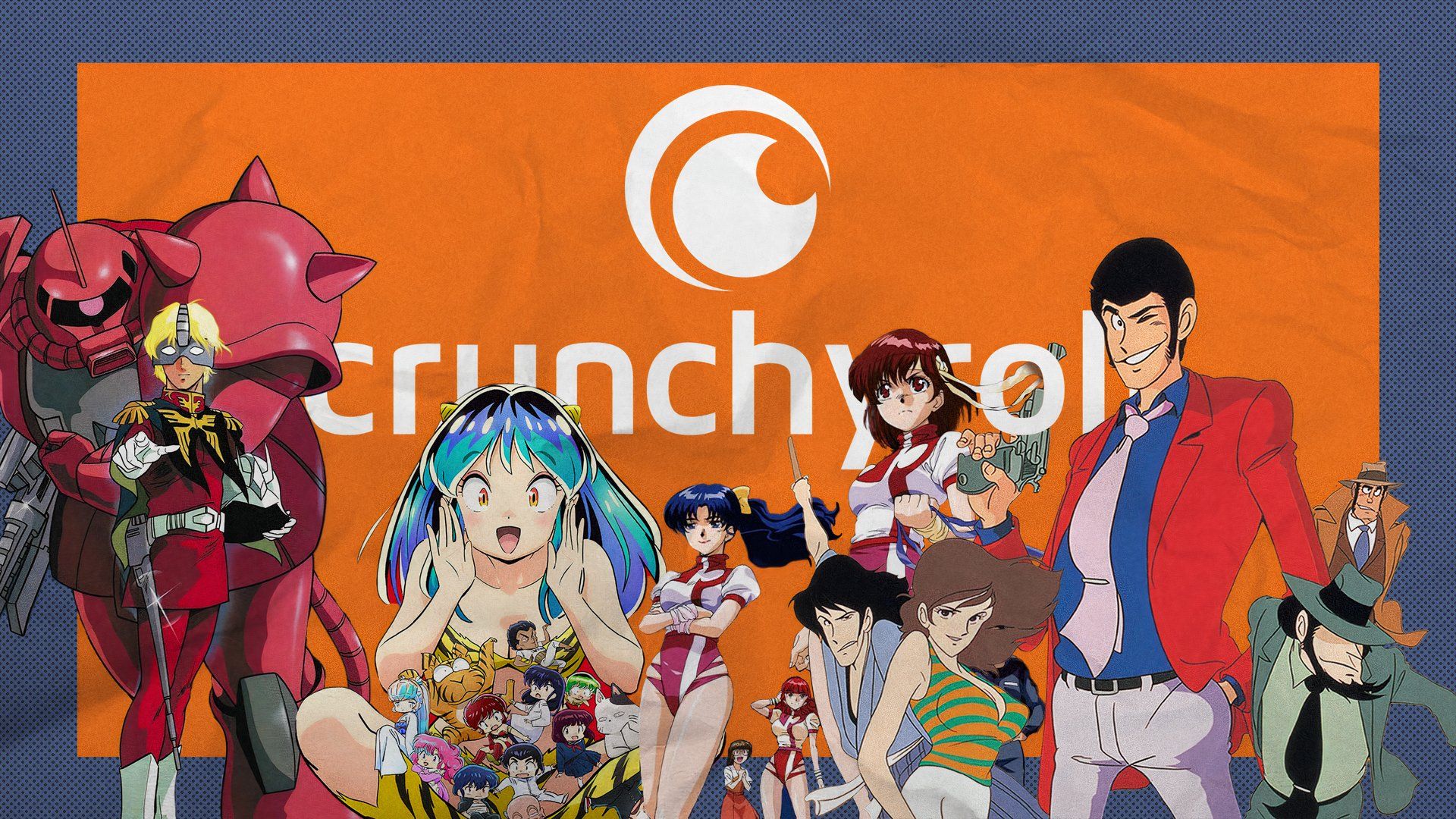
I'm hardly an industry insider or anything, and the Japanese animation industry is notoriously opaque, but I think there are a couple of factors that have led to these short seasons, and long gaps between subsequent seasons.
I've already mentioned the "split cour" strategy of taking an anime that really is written to be a 24-episode show, and then releasing half now and half later. This makes sense for a couple of reasons. First, it gives the studio more time to finish the show, but it means getting money in sooner. If people like the first half, you know it's financially worth it to produce the second half. If the show crashes and burns, you can cancel it and save on the cost of the last 12 episodes.
I think studios have less of an appetite for risk these days anyway. Despite advancements in tools and technology, animation is still extremely slow and expensive to produce, and a studio can fold overnight, even if it's had a great run up to that point. With both the Korean and Chinese animation industries entering the fray to produce competing content, you have to be careful.
It might also be that anime that adapt to manga take a more leisurely pace to let the source material get a good bit ahead. Filler used to be the answer to this. Studios would just make up plot arcs that have no impact on the main plot or canon of the show in question. However, that's something that only makes sense when you're contracted to put out an episode every week for TV broadcast whether the mangaka drew a new chapter or not. Filler still exists, but it's much less common now.
Which brings me to the other big factor—on-demand streaming. While anime is still broadcast on TV in Japan, the global shift to on-demand streaming also changes how the production side works. You don't actually need weekly episodes for streaming services. Once your cour is out, people can watch it whenever they like, and they can move on to another show while they wait for your new season. Unlike a linear TV schedule, streaming is nonlinear, and isn't time-bound.
I actually think what sometimes happens is that a show which was on indefinite hiatus might actually have another season made when it's suddenly rediscovered and gets word-of-mouth promotion. Either way, the entire way the anime industry works now is very different compared to the pre-streaming era, where TV stations and physical media market dynamics controlled everything.
There Are Still Some Meaty Modern Anime
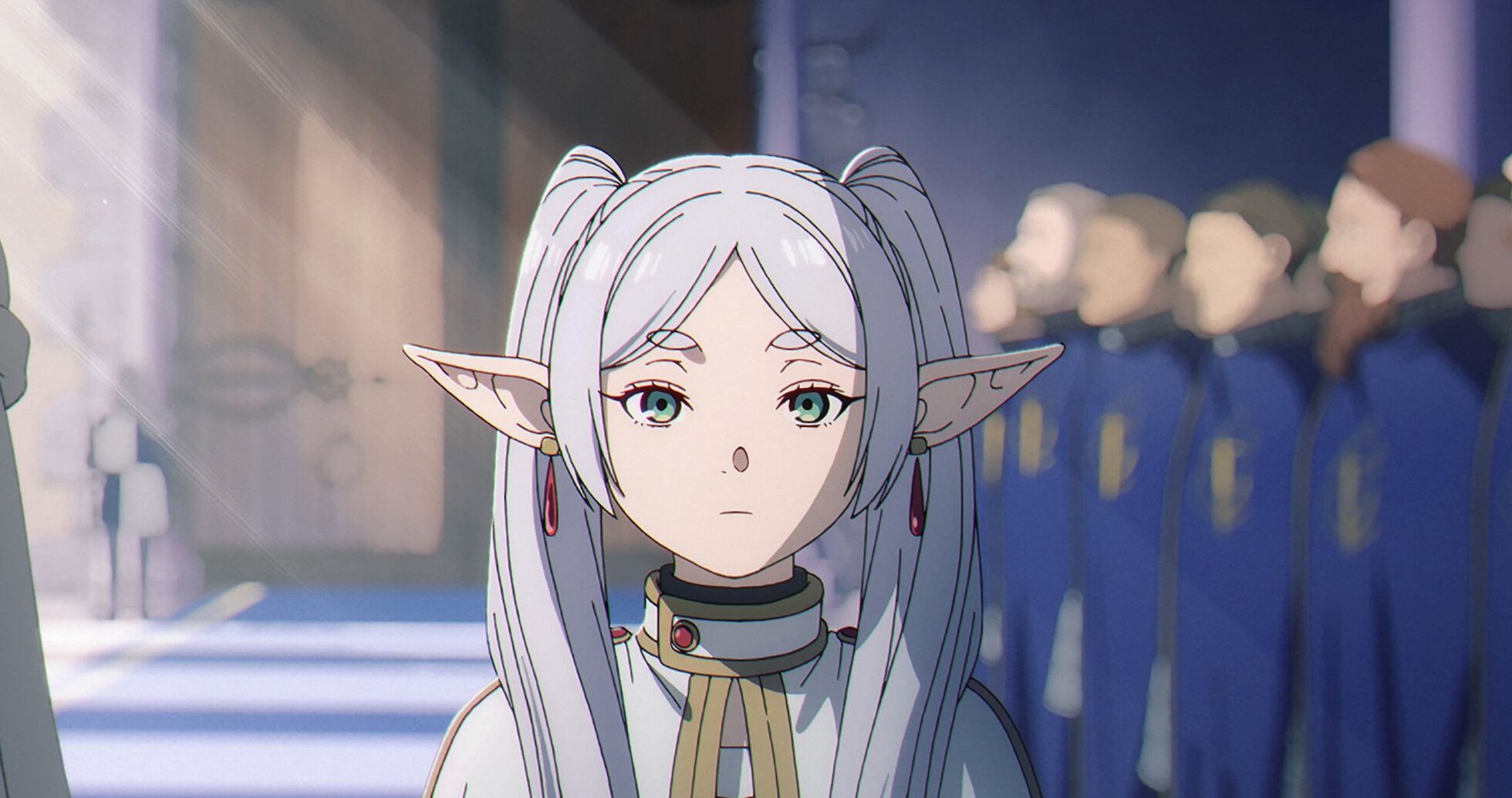
At least there are still some modern anime (released from 2020 onward) that have more meat on the bone. Frieren: Beyond Journey's End had a split-cour that released fairly close together with 28 episodes. Spy X Family rolled out 37 episodes in two years, and Jobless Reincarnation also has 23 episodes out so far in a split-cour.
Shōnen shows like My Hero Academia and Jujutsu Kaisen also sem to be sticking to the standard of the 2010s, and have longer seasons. So, although many of the shows releasing these days are shorter with unsatisfying "season" endings, that's not quite the total norm just yet. However, if you really don't want to wait you can do what I've been doing for a while—watch the first cour and then just read the manga.


